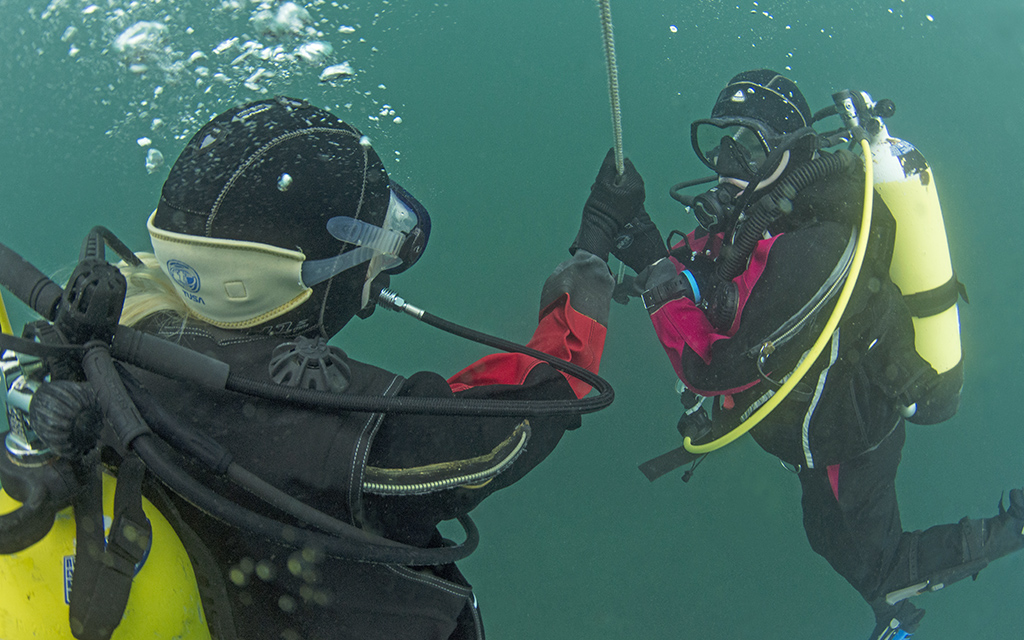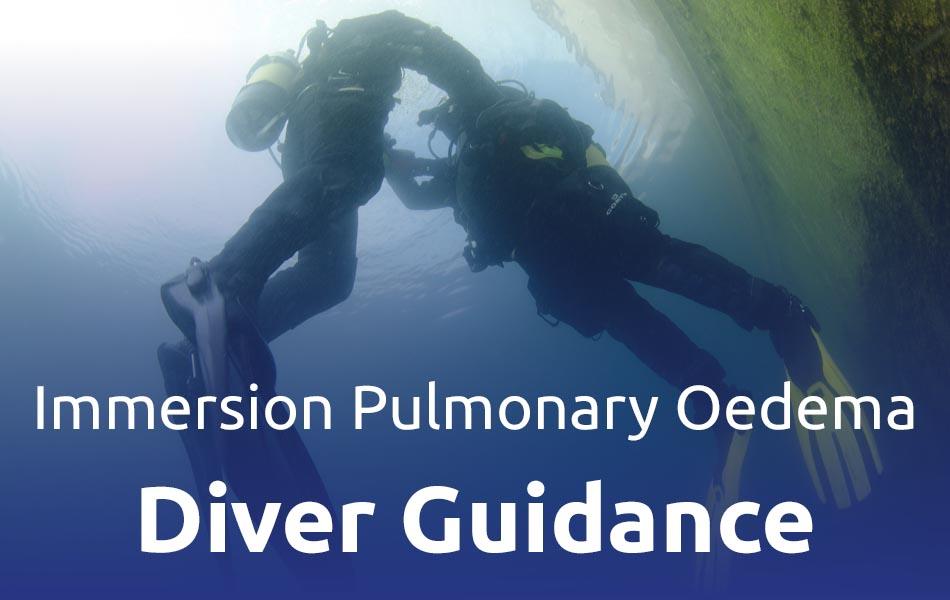
Jim Watson, BSAC Safety and Development Manager explains there are certain situations where rigidly trying to maintain or conduct safety stops may be counter-productive.
Provided that it is safe to do so, BSAC Safe Diving recommends that a ‘safety stop’ of at least one minute should be completed on every dive. A similar approach is taken by many dive computers. Safety stops are believed to reduce the risk of Decompression Illness and occur after any mandatory decompression has been completed. Although under most circumstances safety stops are an excellent idea, there are situations where rigidly trying to maintain or conduct such stops could increase the risk to the diver(s).
Medical problems
In a situation where you or your buddy are experiencing medical problems it is better to leave the water as quickly and safely as possible. Recent and growing awareness of the risks of divers suffering from immersion pulmonary oedema (IPO) has shown it is especially important to exit the water as soon as possible. This is not just because the condition is driven by immersion in the first instance, but also because of the increased likelihood of the affected diver becoming unconscious. Consequently, in order to exit the water safely a diver suffering symptoms of IPO should surface as soon as possible, omitting safety stops where necessary, and be accompanied by their buddy.
Sea conditions
Some computer manufacturers recommend that in rough conditions it may be difficult to maintain a position below any decompression ceiling and so suggest conducting stops deeper. This reduces the range of pressure fluctuations but does not remove them completely. Where significant swells are encountered, for example because of a sudden passing squall, then it could well be safer to omit or reduce ‘safety stops’ rather than risk a fluctuating pressure profile, which will be more provocative for inert gas elimination.
Problems
Trying to cope with problems underwater, such as SMB entanglement, slipping weight belts (or lost weights), equipment failure and especially buoyancy problems can lead to significant stress and task loading. In such situations trying to also cope with conducting ‘safety stops’ will place an additional, and unnecessary, task load on both the diver and their buddy. In such circumstances it might be better to reduce or omit ‘safety stops’ to resolve the situation on the surface where there is a plentiful supply of breathable gas and the stability and time to resolve problems.
Low gas supplies
Trying to share gas with your buddy is complicated enough to deal with when you are both stable. The most comfortable position for sharing may not be the easiest position in which to conduct a ‘safety stop’. Add to that the fact that if you are properly weighted (neutral with 50 bar remaining), you will have increasing problems with buoyancy then it is better to be on the surface rather than religiously trying to complete optional stops.
Think SAFE – Dive SAFE
Jim Watson, BSAC Safety and Development Manager

 Author: Jim Watson | Posted 25 Apr 2023
Author: Jim Watson | Posted 25 Apr 2023



